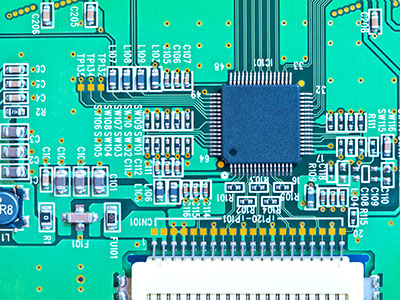High-Density Interconnect (aka HDI) technology is gaining market approval lately as many electronics designers are trooping to get it. It is of note that HDI sales double that of its conventional lines based on the latest market trends.
Ordinarily, any electronics designer must select the correct HDI PCB materials regardless of their building application. But with HDI, choosing the right equipment is particularly important because you are working with light, small, and powerful PCBs. The pitch is often below eight mils (Equiv. 200um), while its aperture is usually below ten mils (Equiv. 250um).
Contents
- 1 1. HDI PCBs– What is an HDI Stack-Up?
- 2 2. HDI PCBs– The Dielectric Material Properties To Consider Before Choosing
- 3 3. HDI PCBs– What are the Material Requirements for HDI Flexible PCB?
- 4 4. HDI PCBs–Different HDI Materials Can be Used for Different
- 5 HDI PCBs– The Cost of HDI Materials About Their Functions
- 6 HDI PCBs– Where to Get the Right Material for HDI
- 7 The Future of HDI PCBs Based on Recent Market Trends
- 8 Conclusion
1. HDI PCBs– What is an HDI Stack-Up?
HDI PCBs come with unique construction requirements which fabricators must follow for maximum output. You need the right materials with a high Decomposition Temperature (Td) and are generally of proven good quality. Similarly, you will be using lead-free solder.
An HDI Stack-up contains a resin matrix that supplies the resistance and dielectric properties needed to separate layers of copper coil that are highly conductive.
What roles do HDI stack-up play in determining their performance?
HDI Stack-up contains the resin matrix, which determines the performance of the HDI applications. A correct choice of the stack-up (by extension, the resin matrix) will help optimize the form’s quality that designers want to make.
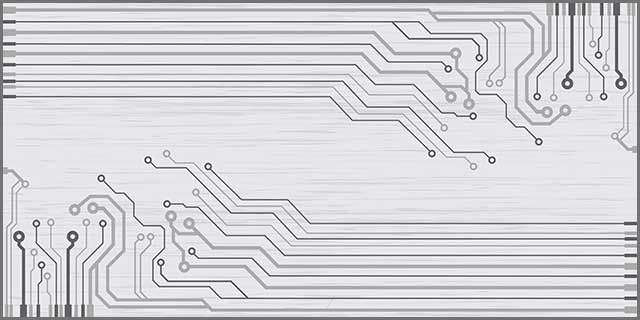
2. HDI PCBs– The Dielectric Material Properties To Consider Before Choosing
HDI optimum performance depends on the correct choice of dielectric material. As it goes, the higher the quality, the better the performance. Generally speaking, the quality of the dielectric material to be chosen has to be above those obtainable in traditional PCB materials that are multilayered. However, you need to be aware that high-quality dielectric materials can be expensive. That said, specific properties are necessary for concluding the quality of dielectric material; check them below.
2.1: Decomposition Temperature (Td)
This refers to the temperature at which the dielectric material would thermally decompose. At this temperature, it is evident that the dielectric material is beginning to change state. The bonds present in the molecules of the substances often account for their decomposition temperature. Excellent dielectric material for HDI stack-up must have a high decomposition temperature (Td) for high temperature multifunction.
2.2: Glass Transition Temperature (Tg)
Dielectric Glass Transition Temperature (Tg.) of dielectric material refers to transiting from a rigid amorphous state to a flexible state. This property is a unique feature of the resin or matrix in the dielectric. The primary information this put forward about the material is a revelation of its state at service temperature.
In other words, Tg. Explains whether the material continues to be glassy and rigid or rubbery and flexible. For an HDI Stack-up, the nature of the design would determine what you’d be looking out for here. But generally, a high Tg. This suggests that the dielectric would remain rigid at the set temperature, which is a good thing.
2.3: Coefficient of Thermal Expansion (CTE)
The coefficient of Thermal Expansion is the fractional increase of a dielectric material per degree increase in temperature. This expansion can be volume, area, or length, but the most probable is the length expansion. If a small temperature change leads to a significant difference in size, the dielectric may not be sufficient for an HDI PCB.
2.4: Delamination Time
This is also called Time of Delamination. It is a way of measuring used in analyzing dielectric material performance. It takes into consideration the overall time a dielectric resin takes to delaminate. Generally, for an HDI stack-up, the more time it takes to delaminate, the better.
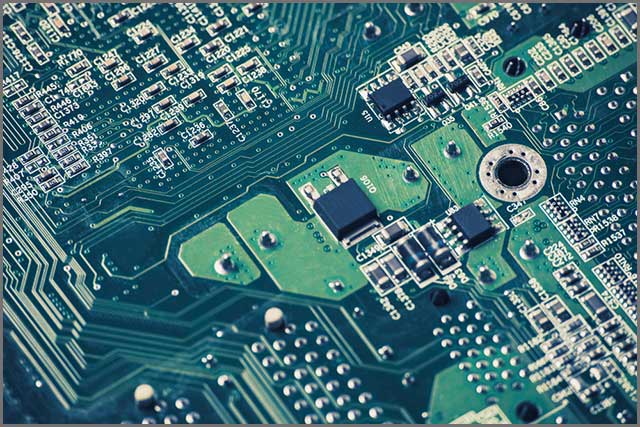
3. HDI PCBs– What are the Material Requirements for HDI Flexible PCB?
With the increasing popularity of HDI technology in the market nowadays, there is a need to know what to look out for when purchasing materials for Flexible PCB. Applications operating on HDI require lines that are finer and plated through-holes that are quite smaller than the regular PCB. What this means is that layers of conductors and substrates that are very thin are the ones needed. Unfortunately, most fabricators only consider these physical properties and neglect the technical ones. The subsections below enumerate the technical material requirements for HDI Flexible PCB.
3.1: Dimensional Stability of Flexible Materials
Before now, designers expressed skepticism about using rigid substrates and flexible materials because people noticed that these materials fluctuate when fabrication occurs. Of course, we now know that the popular substrate of that time-PI Film- shrinks when the manufacturing is going on. This shrinkage arises because of the enormous stress generated during the lamination process.
The output and performance of the FPC are significantly affected by using thin materials. But the FPC’s yield is determined by how dimensionally stable the materials used are. To arrive at high-density circuit products, the materials used must be dimensionally and structurally stable.
3.2 Fluidity Control of Cladding Adhesive
The primary reason for utilizing coating film in HDI circuits is to arrive at a small window. Thus ensure that binders do not fill it up while lamination is in progress. Only this approach can ensure that the foil is not covered, and this is why it is necessary to control the flow rate of HDI coating materials.
Too much fluidity, on the other hand, can overshadow the window. For instance, if the fluidity is too small, it can result in the fine lines having so many holes, compromising electrical insulation. Since most flexible materials don’t always come with this feature, the right coating film based on the properties of the binder flow remains the best choice.
3.3 Low and Thin Profile Copper Foils
An excellent way to arrive at flexible circuits of HDI is by using a copper foil that is fine-grained, thin, and low profile. The thickness of such copper foil must lie within the range of the usual flexible circuits, which is 1oz. Where average graphics density is the goal, a copper foil of 1oz. is competent to deliver the required performance. However, for HDI Applications, fabricators can use any of 1/3, ½, or 1/4oz. Copper foil.
3.4 Material’s Resistance to Electron Migration of Binders
With flexible circuits, electron migration is a disadvantage as it leads to its destruction. Specific flexible circuits’ binders allow copper ions to move through them when they become susceptible to a bias voltage, high temperature, or moisture. This effect is a line forming the negative and positive poles.
Now that line density and voltage are increasing; circuit reliability is continuously under threat of electron migration. And of all applications, HDI seems to be most at risk. This is why circuit fabricators have to become sensitive to this issue and take the right measure to combat it.
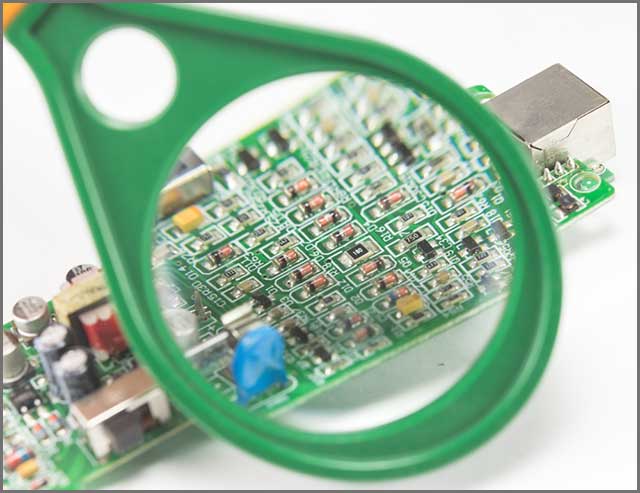
4. HDI PCBs–Different HDI Materials Can be Used for Different
PCB materials of low dissipation Factor (Df) or Dielectric Loss Tangent are the best for a reduced energy loss at high frequency. To achieve this, at least four categories of HDI materials are suitable. Check them in the subsections below.
4.1: Medium Speed and Loss
These are the most popular PCB materials out there; they belong to the family of the FR-4. The ratio of their dielectric constant to that of the frequency response is not flat, so they experience greater dielectric loss. Because of this, only analog or digital applications with little GHz requirements can find it useful.
4.2 High Speed, Low Loss
This category of HDI materials has a Dk. to frequency curve flatter. The result is a significantly low dielectric loss, up to half of what is obtainable with Medium Speed materials. Applications with approximately 0 GHz requirements will find it most useful.
4.3 High Speed, Low Loss, High Signal Integrity
The curves of the Dk. to the frequency are equally flat, and the dielectric loss is similarly significantly low. Another plus to them is that they get rid of unnecessary electrical noise common to other material categories.
4.4 High speed, shallow loss, high signal integrity, RF and microwave
Of all the HDI materials discussed, the Dk.to frequency curve of this category is the flattest. They equally have the lowest dielectric loss of all. For applications with GHz requirements of up to 20, this material category is the most suitable.
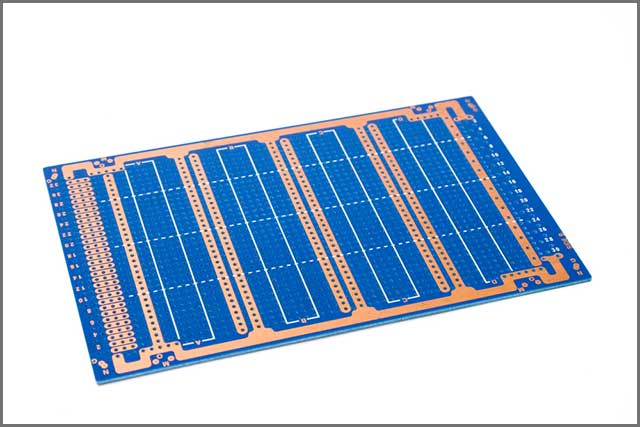
HDI PCBs– The Cost of HDI Materials About Their Functions
In principle, materials that have lower Dk and Df. Values with great SI features are the best to get excellent HDI performance. Nonetheless, the elements highlighted in chapter 5 above often prove hard to process and are not always applicable for all HDI Stack-ups. That aside, the higher the quality of the materials you need, the more money you should be ready to spend. Typically, High speed, a slight loss, high signal integrity, RF, and Microwave materials are the most expensive categories.
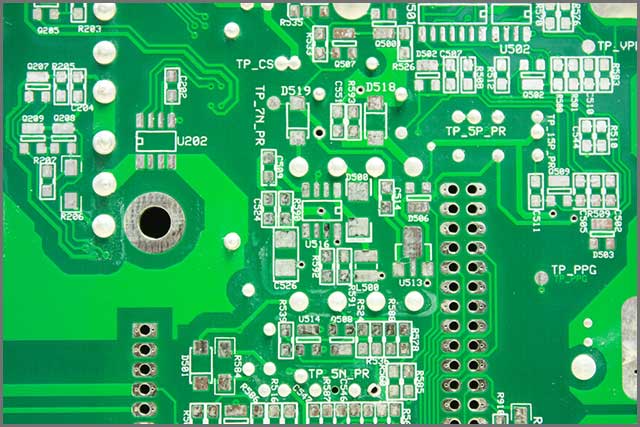
HDI PCBs– Where to Get the Right Material for HDI
Depending on your location, you can get HDI materials from several HDI PCB manufacturers around you. However, if you find it hard to locate a trusted one, you can order directly from Amazon, which would get to your doorstep.
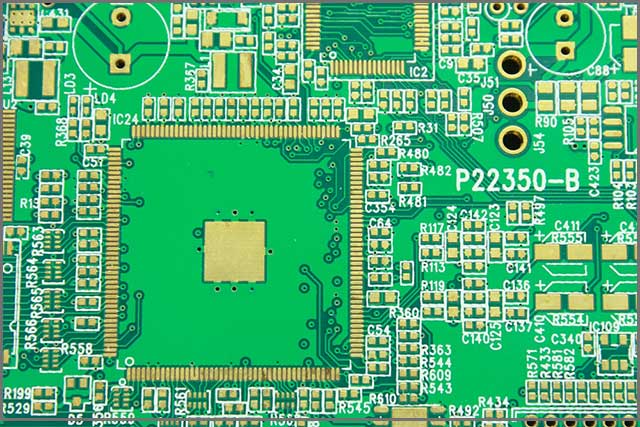
The Future of HDI PCBs Based on Recent Market Trends
Given the popularity that HDI technology is enjoying in today’s electronics world, the future is far from being bleak. While it is true that HDI can still be improved, its advantages and applications are quite numerous to ignore. Almost all sectors, including the military, are adopting HDI PCB, which has further increased its acceptability.
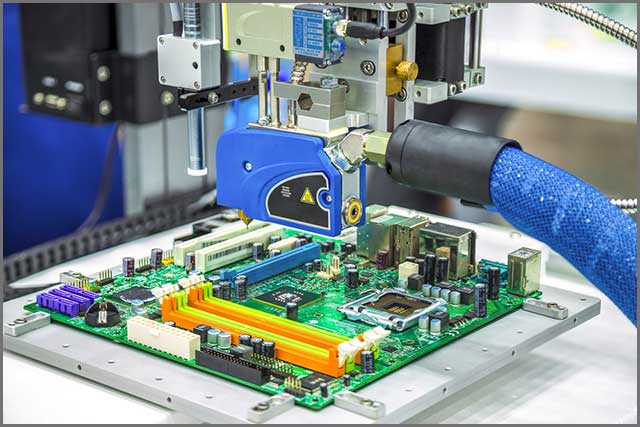
Conclusion
HDI technology is fast gaining ground globally, and several applications now run on it. Nevertheless, it can be a daunting task to select the right dielectric material for it. It would help if you considered some factors before making your selection, and that is what we have tried to help you do in this article. We do hope that you would find this information useful.
